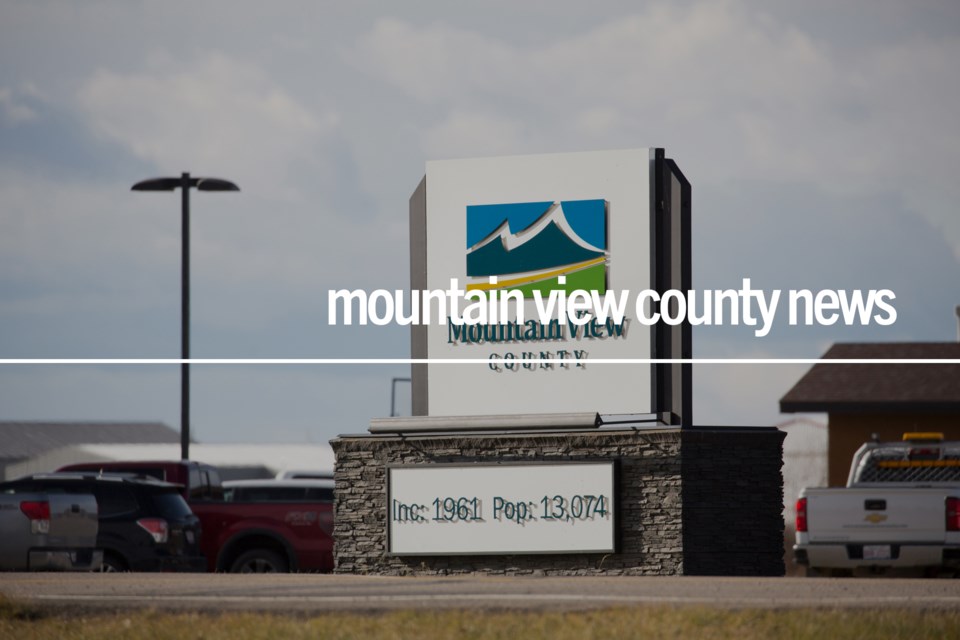MOUNTAIN VIEW COUNTY – Mountain View County is prepared to work with a new provincial task force looking into the future of sand and gravel pits, says reeve Angela Aalbers.
“The county looks forward to engaging with the recently launched Provincial Sand and Gravel Task Force and is encouraged by its mandate to uphold environmental standards,” Aalbers told the Albertan.
“Mountain View County understands the concerns surrounding sand and gravel developments and their impact on adjacent landowners, and is pleased that the province is dedicating time and resources to these issues.
“The county has worked extensively with the Ministry of Alberta Environment and Parks – now Environment and Protected Areas – on the approval process, which currently requires both municipal and provincial authorizations, as well as on the compliance monitoring of operating pits.”
The Smith government recently announced the creation of the task force, which officials say will “work to streamline regulations related to sand and gravel pits located on private lands, ensuring faster project timeliness while continuing to uphold environmental standards.”
MLA Glenn van Dijken and MLA Brandon Lunty are leading the task force.
“Sand and gravel are foundational for building and maintaining a strong economy,” said van Dijken. “Our government is determined to ensure the regulatory process around sand and gravel pits recognizes the need for efficiency and clarity.”
While sand and gravel mining is heavily regulated to protect Alberta’s environment, landowners and operators have consistently voiced frustration that excessive red tape is creating unnecessary barriers to development and slowing down the delivery of sand and gravel to market, he said.
The task force will deliver “recommendations focused on reducing bureaucratic delays, supporting landowners and strengthening Alberta’s aggregate supply chain.”
Reeve Aalbers says the county has a long history of working with landowners and other stakeholders vis-a-vis aggregate extraction in the municipality.
An aggregate committee was formed in 2013, including councillors, industry and public members, Aalbers said, noting that from that work, an aggregate extraction and processing district was added to the land use bylaw in 2014.
“This requires land to be redesignated, with a public hearing held, prior to applying for a development permit,” she said.
Since 2016, the county has expanded the development permit conditions to include a maximum area of disturbance to support progressive reclamation and reduce offsite impacts, she said.
Other development permit conditions address hours of operation, designated crushing locations, noise mitigation measures such as berms, and increased setbacks from residential dwellings, she said.
Also in 2016, the county championed a resolution to the Alberta Association of Municipal Districts and Counties – now the Rural Municipalities of Alberta – requesting that the province review and amend the Code of Practice for Pits, she said.
“Mountain View County appreciates the importance of sand and gravel and the role it plays in maintaining and building infrastructure within the county and across the province,” she said.
“Council has worked to develop policies that address the impact of sand and gravel development on adjacent land uses.”
There are numerous sand and gravel pits in Mountain View County, including in the McDougal Flats area west of Sundre.



